The town of Bagheria, nestled between the Bay of Palermo and the Imerese Termini Bay, is a wonderful summer vacation destination: golden sandy beaches, clear waters, and, of course, the perfect temperature for sunbathing during the high season. Bagheria is the birthplace of the painter Renato Guttuso and houses a modern art museum in the magnificent Villa Cattolica. The rocky coastline, dotted with tranquil coves and cliffs of various shapes, attracts tourists.
And the beautiful villas of Palermo’s aristocracy from the 18th and 19th centuries invite you to explore. Among them is Villa Palagonia, nicknamed the Villa of the Monsters because of the animal statues inside and around it. Also visit Villa Valguarnera, an 18th-century complex with a charming garden. Palazzo Butera also invites you to explore its interior. Corso Umberto I is the perfect place for a quiet stroll, and if you’re looking for good clothes shops or delicious restaurants, you’ll find them in Bagheri.
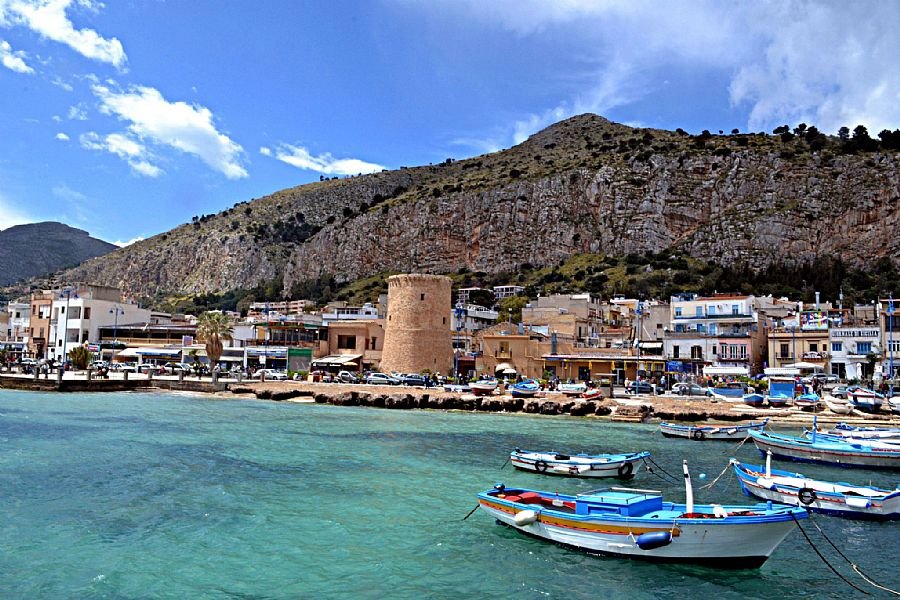
Location
Bagheria is located in northwestern Sicily in the Palermo region of Italy.
Capo Zafferano
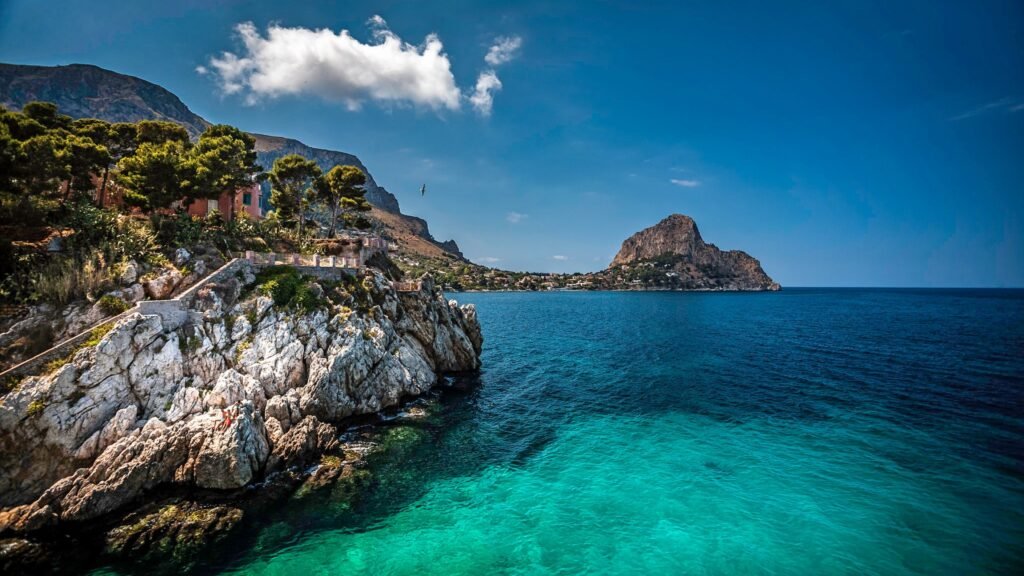
Capo Zafferano is a small promontory that extends into the Tyrrhenian Sea, belonging to the territory of Santa Flavia. On the coast of the promontory there are some caves that have restored bone remains of Elephas mnaidriensis together with lithic materials of the upper Paleolithic and ceramic fragments.
Wanderful landscape, sea, cliffs, beacon for boats, just before the lighthouse there is a small church overlooking the sea, while just around the lighthouse there are buildings, once a completely vandalized navy area.Sunsets and sunsets are the recommended moments to get the best out of the enchanting landscape.
Fraction of Aspra
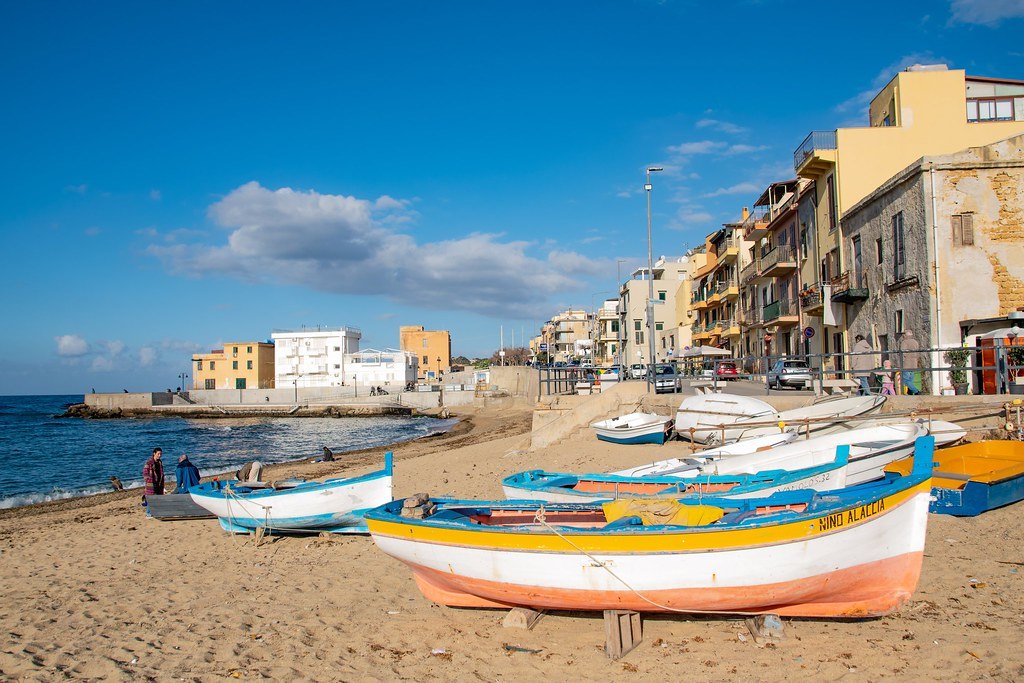
Aspra is a fishing village steeped in ancient fishing traditions and natural beauty. A large terrace overlooking the sea stretches for hundreds of meters, dominating the small houses of the locals on one side and the winding strip of beach where fishermen moor their small, colorful boats, the “lancitedde.” In Aspra, a visit to the Anchovy Museum is a must, offering a glimpse into Sicilian maritime culture.
Villa Palagonia
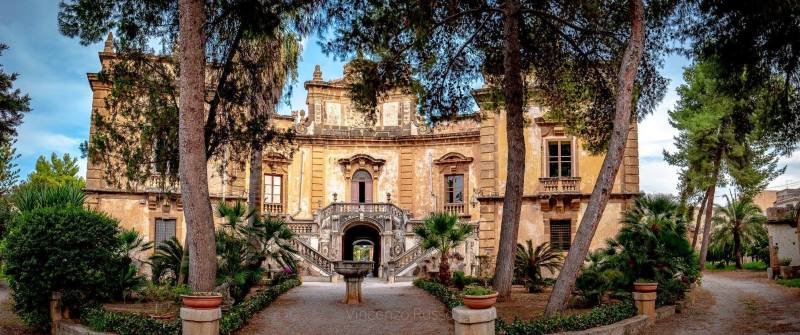
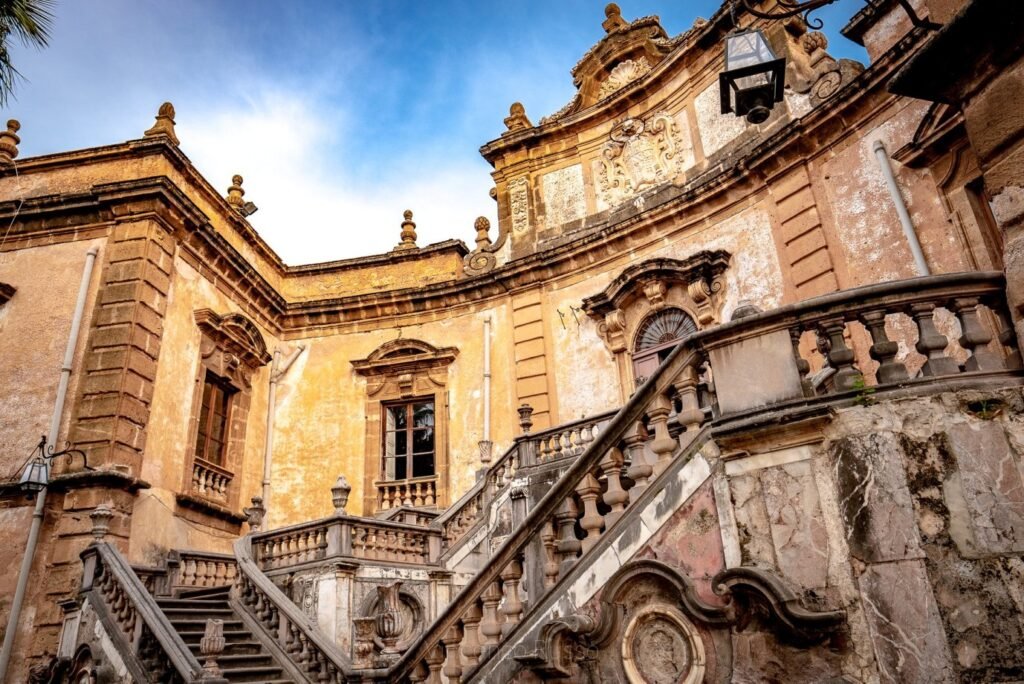
The Baroque Villa Palagonia (Villa of the Monsters) was built in 1715 and is a masterpiece of architectural elegance and creativity. The nickname “Villa of the Monsters” comes from the stone statues of fantastic animals, grotesque figures, ladies, and knights placed on the exterior walls.
A long driveway planted with plants and flowers, with the so-called Arch of the Eternal Father at its center, leads to the entrance to the villa, which features a double staircase. The villa consists of two square wings connected by a central, curved building. On the first floor, an oval vestibule leads to a richly frescoed ballroom with a mirrored ceiling and a chapel. On the opposite side are the billiards room and private apartments. Villa Palagonia is open daily from November 1st to March 30th. Reservations are required on weekends and public holidays.
Villa Cattolica (Museu Rinatu Guttusu) – Catholic Villa ( Guttuso Museum )
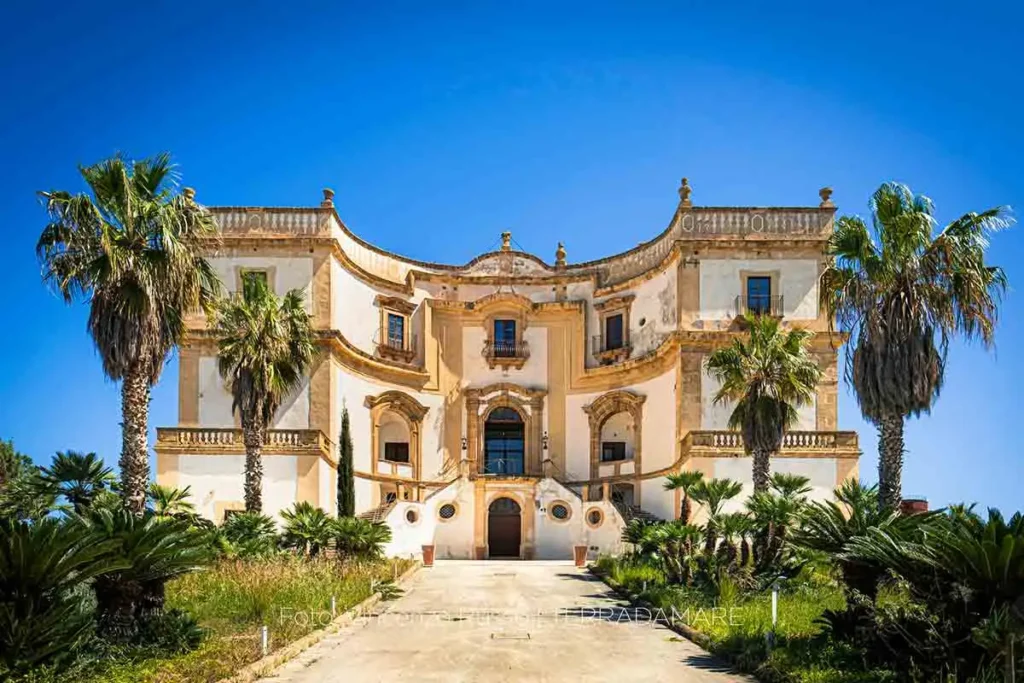
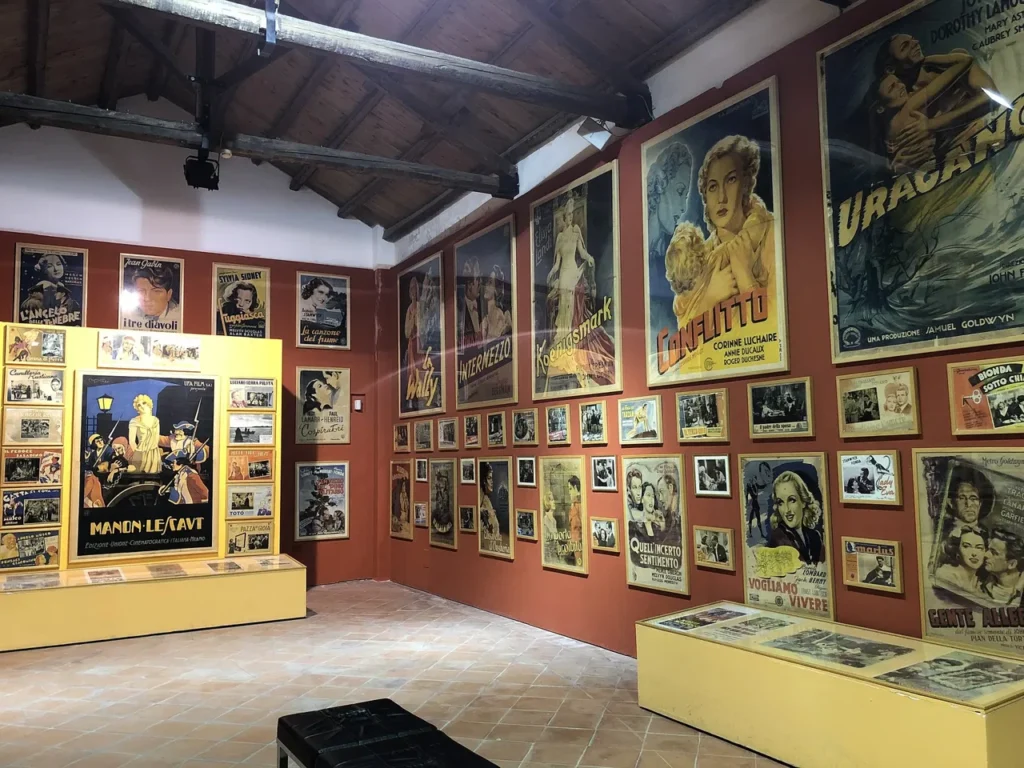
The Renato Guttuso Museum is located in the Villa Cattolica, located on the outskirts of Bagheria. The building houses many of Guttuso’s works, as well as those of other prominent artists. Renato Guttuso belonged to the artistic movements of Expressionism and Social Realism. Many of his works depicted the daily lives of Sicilian peasants. Among the social themes explored in his work were the brutal realities of the massacres during World War II. Guttuso was one of Sicily’s greatest artists of the 20th century.
Villa Butera
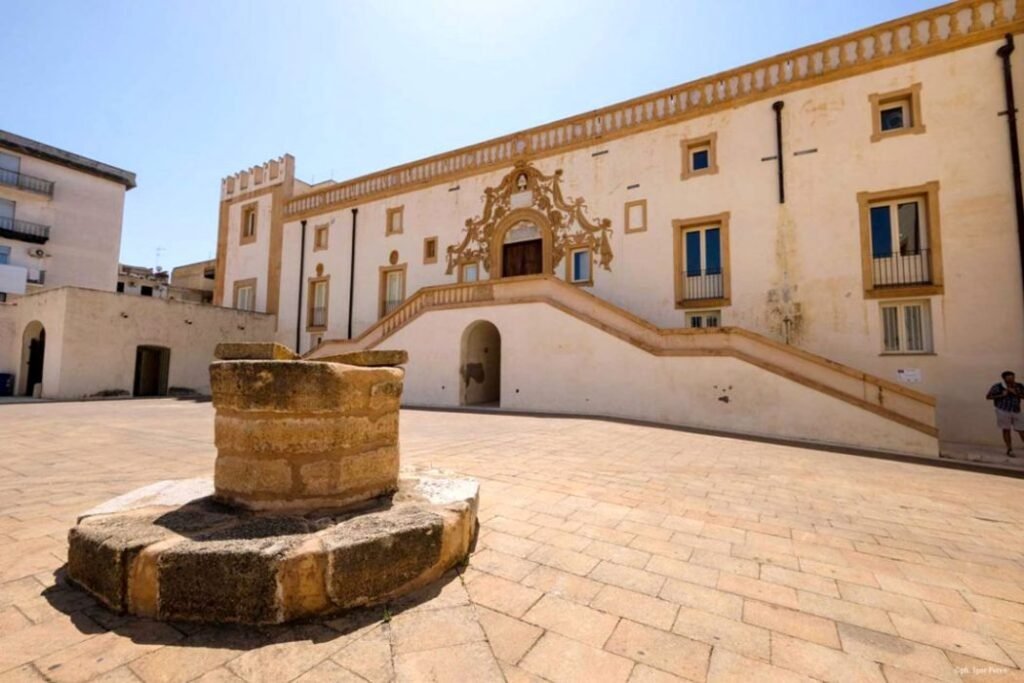
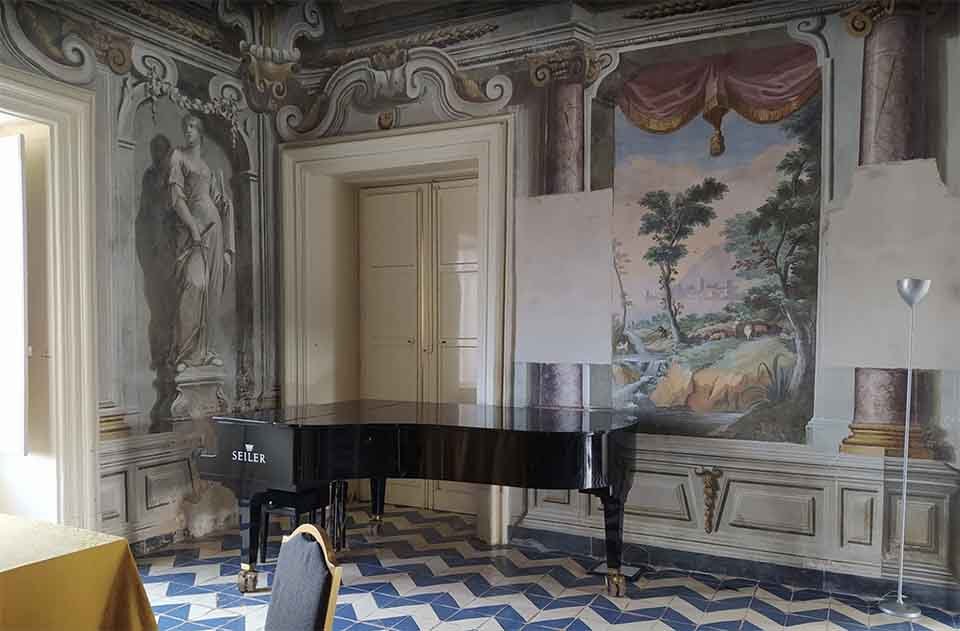
This is the first villa in Bagaria. It was built in 1658 in the medieval style. The municipality purchased the villa and converted it into a venue for receptions, such as book presentations. Civil weddings also take place in the magnificent Borremans Hall. The villa, with its wax figures of monks in Carthusian habits is full of charm.
Villa San Cataldu
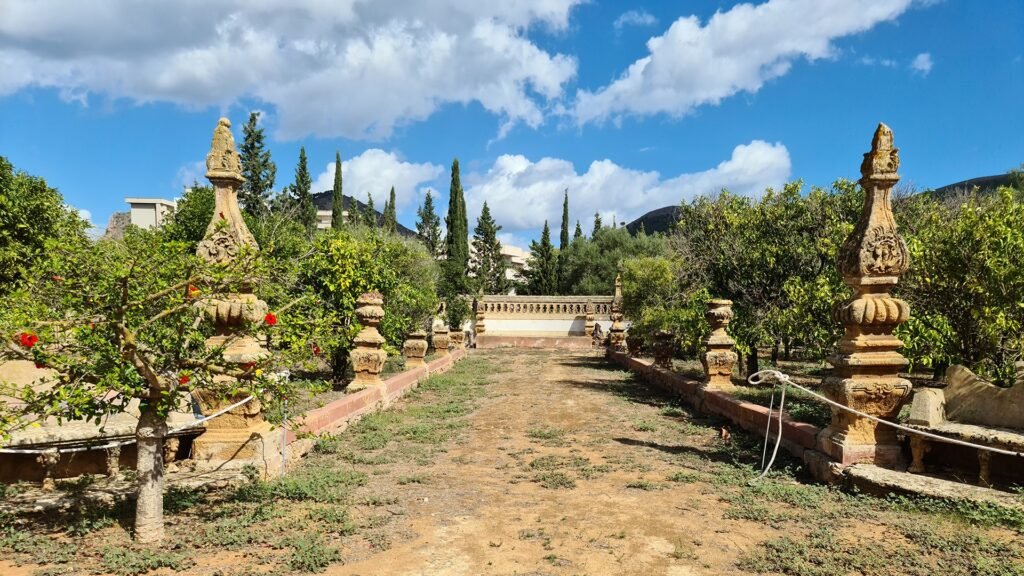
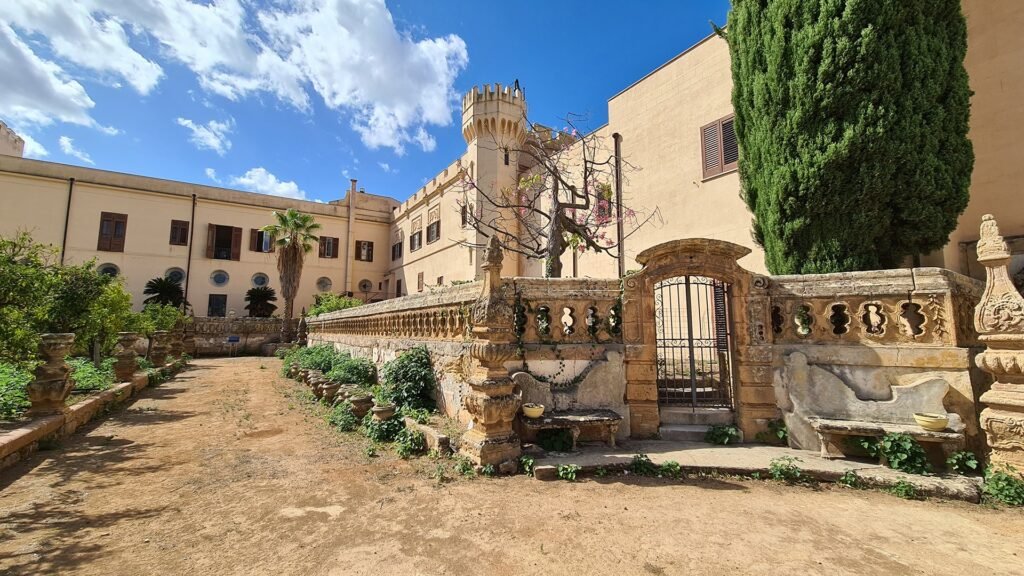
The villa was built in the first half of the 18th century, likely by G. B. Vaccarini. The complex exhibits several unique features compared to the city’s contemporary Baroque villas, such that both the entrance staircase and the entrance courtyard are missing. In the late 19th century, when the Baroque style had long since fallen out of fashion, the building was renovated in Neo-Gothic style. The last owner of the villa, belonging to the founding family, was Ruggero Galletti, who had married a member of the Ruffo family.
The two coats of arms, Galletti and Ruffo, are prominently displayed on the building’s entrance door. Converted into a productive garden during the First World War, today Villa San Cataldo is essentially a citrus grove bordered by useful, beautiful and rare plants.
Villa Sant’Isidoro De Cordova
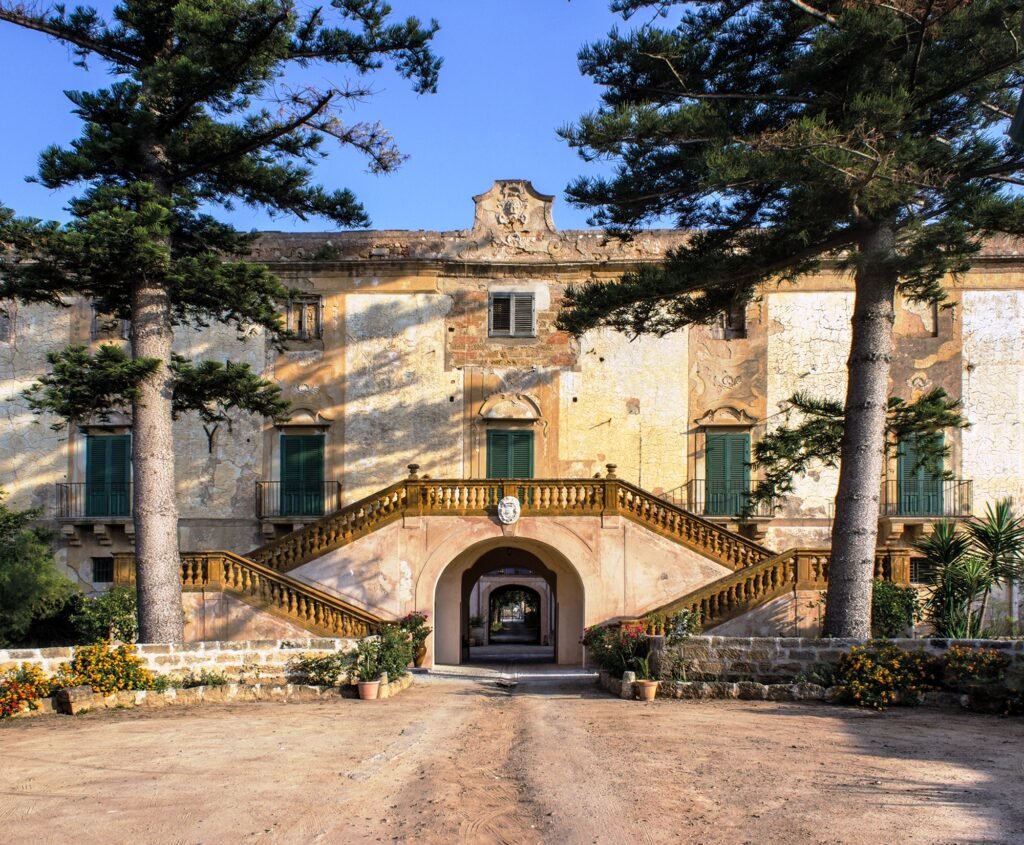
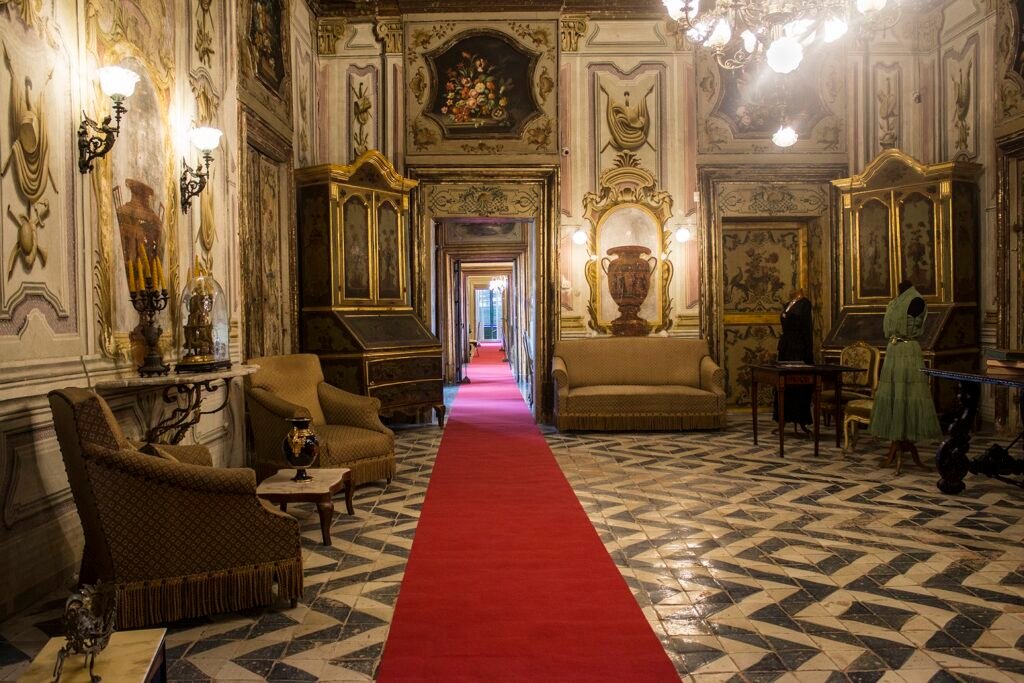
The building’s origins date back to 1648, and the current layout of the villa’s ground floor dates from the mid-18th century. Most of the building’s renovations date from this period, though further work was carried out in the second half of the 19th century.
Visitors are captivated by its immaculate interiors, authentic furnishings, and the feeling of walking through a truly “lived-in” noble residence. Guided tours will immerse you in the history of this place.
Museum of Anchovy and Maritime Arts
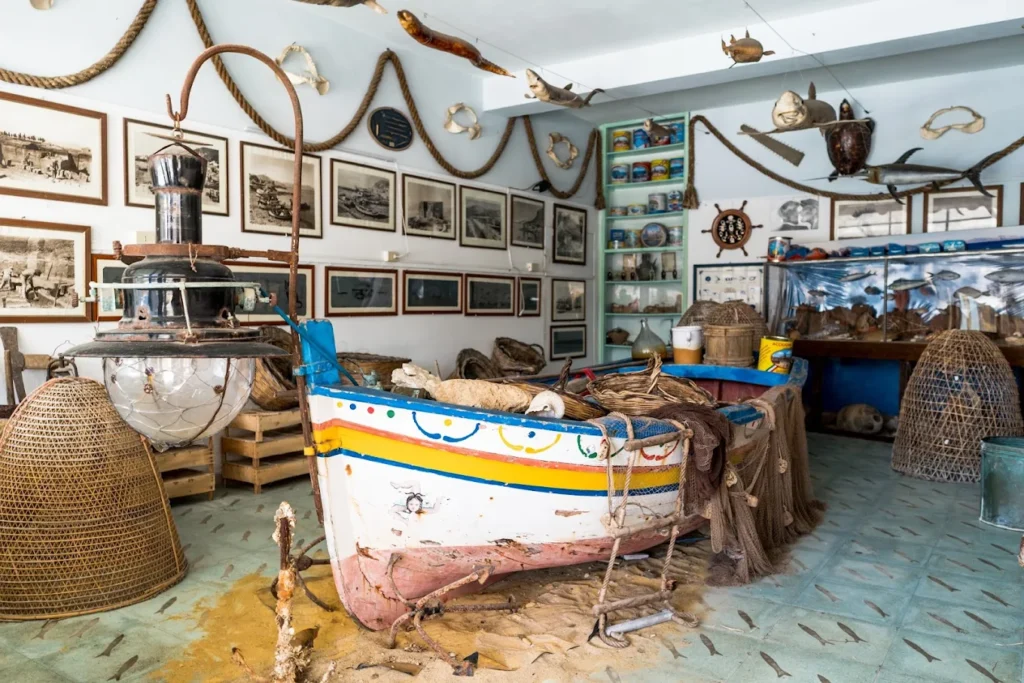
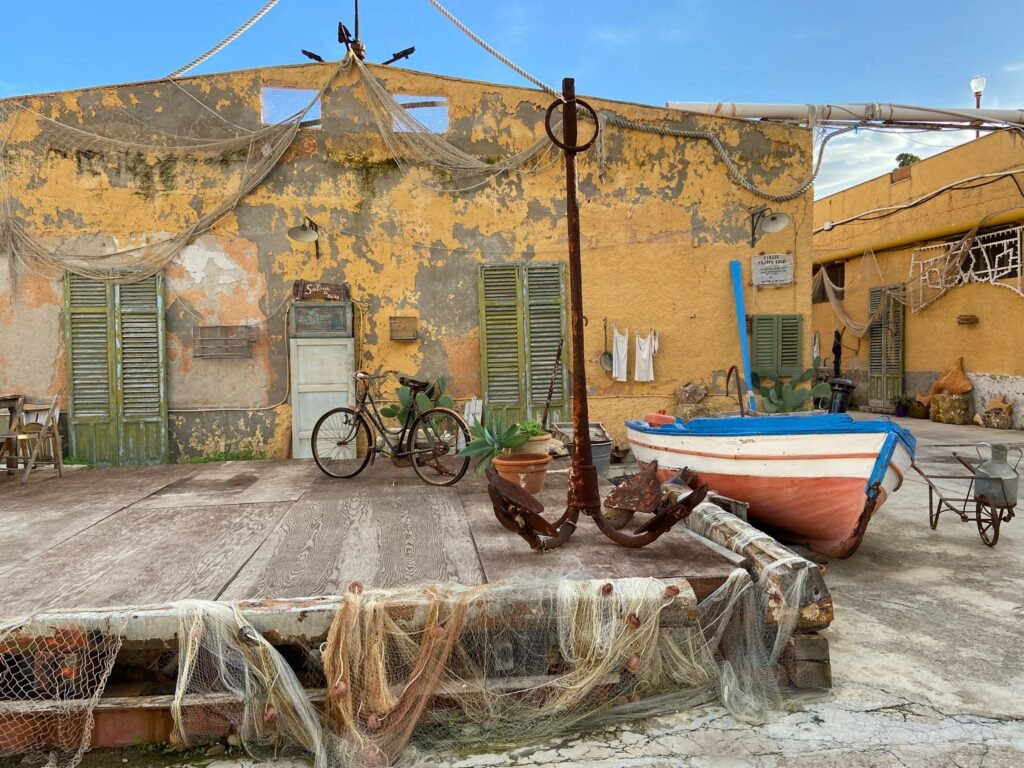
The museum comprises a collection divided into ten rooms, allowing visitors to embark on a journey through artifacts and documents documenting the centuries-old fish salting practices in Sicily. The museum tells the story of the people who engaged in fishing, the processes, and the transformation of fish processing.
The fishmonger A Putia ri Pisci Salati offers products produced by the Balistreri family company. One of the most fascinating aspects, however, is the opportunity to participate in a hands-on anchovy processing demonstration led by experienced local fishermen.
